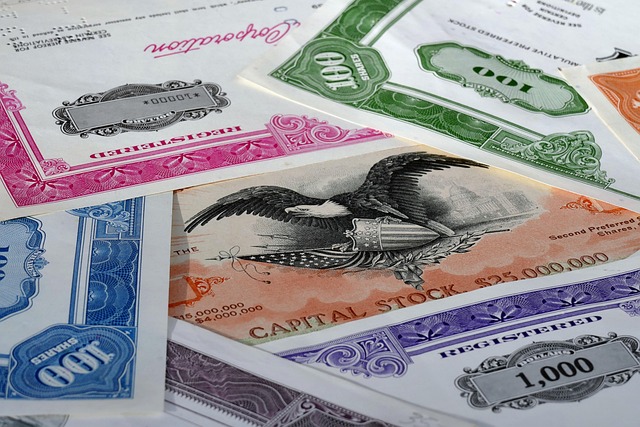Understanding Quantitative Easing: A Deep Dive into Modern Monetary Policy
Welcome to the world of quantitative easing, a controversial yet significant aspect of modern monetary policy. This guide delves into its history, current applications, and potential implications for your financial strategy, offering expert-backed insights that demystify this complex subject.

A Journey Through Time: The Emergence of Quantitative Easing
Quantitative easing (QE) traces its roots back to the early 2000s, when the Bank of Japan first used this unconventional monetary policy tool to battle deflation. However, it was during the 2008 financial crisis that QE gained global prominence, with central banks worldwide turning to it as a means of stimulating economic recovery.
The Mechanics of Quantitative Easing
At its core, QE involves a central bank purchasing large amounts of government bonds and other financial assets from commercial banks. The idea is to increase the money supply and encourage lending, thereby stimulating economic growth. While the theory behind QE is straightforward, its real-world implications can be far more complex.
Quantitative Easing in Today’s Market
Today, we’re seeing QE play out in ways that few could’ve predicted. In response to the economic fallout from COVID-19, central banks have ramped up their QE programs, leading to record levels of asset purchases. This unprecedented expansion of QE has led to heated debates among financial experts, with some arguing it could lead to inflation or even a market bubble.
The Impact of Quantitative Easing on Investment Strategies
Quantitative easing tends to lower interest rates, making borrowing cheaper and encouraging investment. This can boost stock market valuations, potentially benefitting investors who hold equities. However, it can also create challenges, as low interest rates may make it harder to achieve decent returns from bonds and other fixed-income investments.
Expert Advice on Navigating the QE Landscape
-
Stay informed: Understanding the basics of QE and how it impacts the economy can help you make more informed investment decisions.
-
Diversify: Don’t put all your eggs in one basket. Diversifying your investment portfolio can help spread risk and increase potential returns.
-
Seek professional advice: The world of finance is complex and ever-changing. Working with a financial advisor can provide valuable insights and help you navigate these turbulent waters.
Towards a Future Shaped by Quantitative Easing
As we move forward, the role of QE in shaping financial markets is likely to become even more pronounced. While this brings a degree of uncertainty, it also presents opportunities for those willing to adapt their strategies to this evolving landscape. Whether you’re an investor, a financial advisor, or simply someone interested in understanding the financial world, staying informed about QE is crucial in these unprecedented times.
In sum, QE is more than just a dry economic concept. It’s a powerful tool that can shape economies, influence financial markets, and impact our everyday lives. By understanding its mechanics, monitoring its use, and adjusting your financial strategy accordingly, you can turn the challenges of this modern monetary policy into opportunities.





